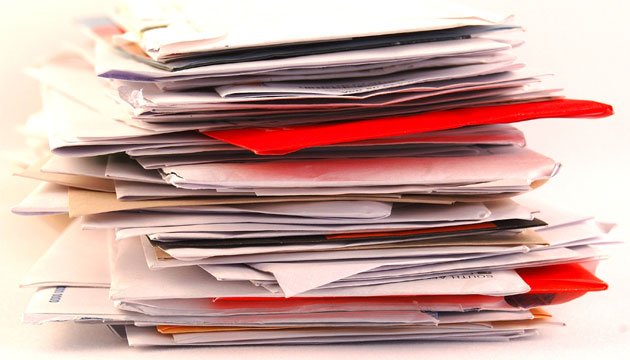
In 2013, the number of business emails sent and received per day was over 100 billion. That’s a lot of time spent on email. In fact, according to recent research email takes up about 28% of a workers’ time. That translates into corporate email being sent and received on average 105 times a day or for an eight-hour day, two hours and 14 minutes spent handling email. Consider the added pressure of monitoring social media accounts, requests from customers or clients and sorting through spam this can cause quite a drain on an otherwise productive period. To help decrease your time spent on handling email and increase your time getting to thing that are most important, try these following tips for taking control of your email.
1. Set up email filters.
If you haven’t set up filters to handle your most commonly sent emails, you’re spending a lot of unnecessary time moving things from one folder to another. It may not seem like it at the time, but those five to ten minutes over a week can add up to almost an hour of wasted time that could have been automated. Look through your emails for a few days and really analyze what types of email you are getting. Are you noticing a lot of spam with the same subject line or from the same sender? Set up a filter that will automatically delete these as soon as they come in. Do you have emails from a particular client? Set up filters to have these emails moved to a specific client folder. Getting overwhelmed by Facebook and Twitter notifications? Set up a filter and have them moved to their own folder. Then you can read through them all at once a few times per day.
You can use this tool to help you get notified when important emails come in as well. For instance, if you’ve found yourself continually checking your email to see if someone specific has emailed you, you can save your time and concentration with a filter. By setting up a filter to alert you when an email from that specific person comes in, you can ignore all other email until you are ready to respond.
2. Set up prepared responses.
Often, especially when dealing with customer service requests, your response to email may be the same. In these instances, it makes sense to have a response saved somewhere that you can copy and paste. You can then personalize it from there. This can save a lot of extra time spent repeating the same task over each day.
3. Use the best form of communication
Sometimes we use email as a communication tool out of habit, when it may not necessarily be the best form of communication for the purpose intended. For instance, discussions about ideas or even weekly check-ins can be communicated much more effectively over the phone saving the time of emailing back and forth. If you really need a written documentation of what was communicated you can write up a short brief on what was discussed over the phone and email it to all parties involved.
4. Create thorough emails.
You can avoid a lot of unnecessary time spent on back and forth emails if you take a few minutes to make sure you’ve really included all the relevant information. You’ll also want to try and anticipate questions or concerns your recipient may have and address those as well. Not only will you be helping the recipient of your email by going the extra mile and including everything, you’ll save yourself a lot of time with follow up emails asking for more information.
5. Create an email schedule and stick to it.
Everyone has their method for doing certain tasks. Maybe you work more efficiently if you only answer emails in the morning and at night. You might prefer responding through your mobile phone. Whatever it is determine what works best for you and stick to it. Then go a step further and make sure colleagues, clients, etc. know your email schedule. If they know you only respond in the morning, they won’t be waiting all day for a response and will make sure to get you any information that needs a response the night before.
How do you manage your email? We’d love to hear your tips in the comments section below!








